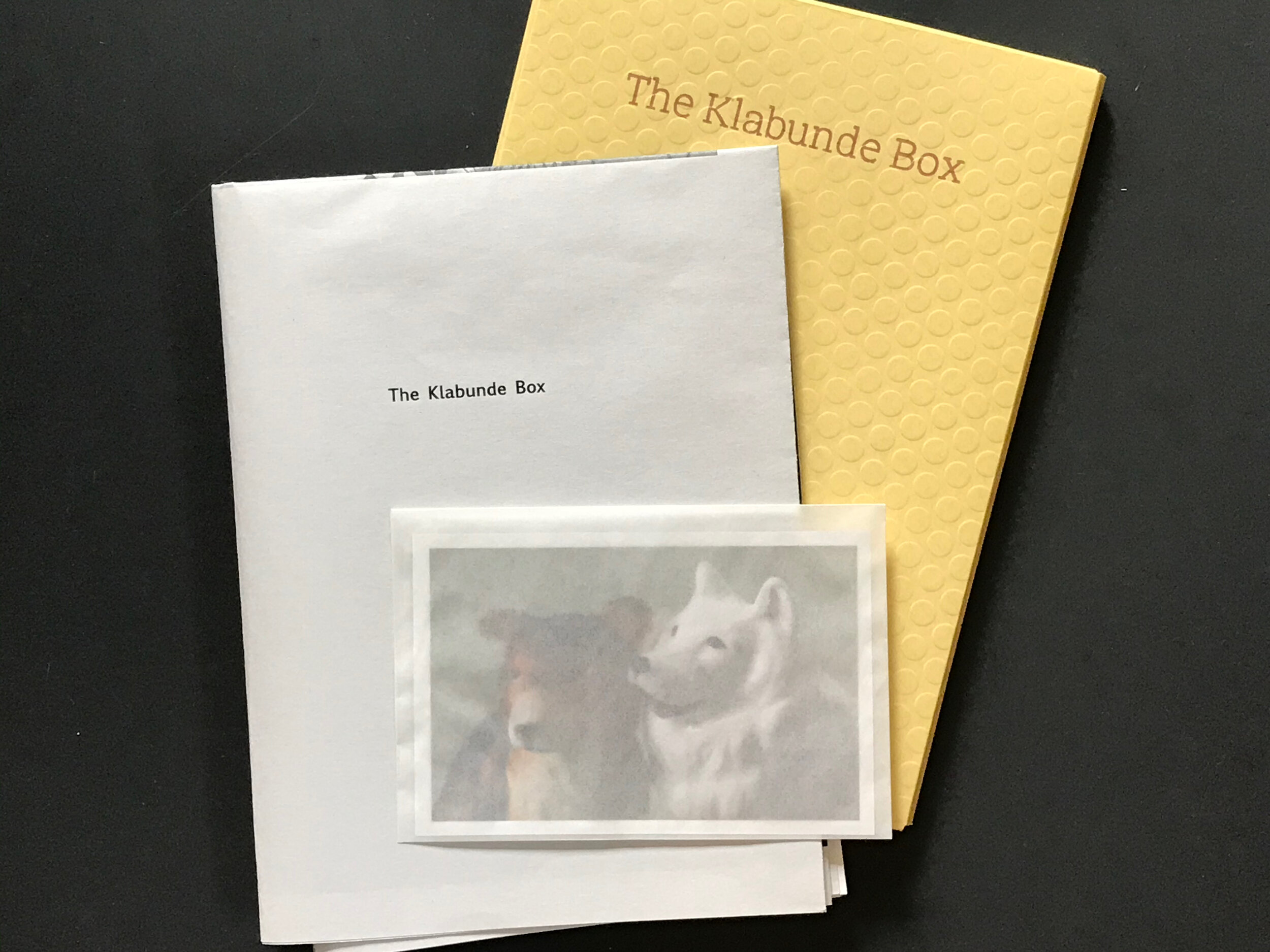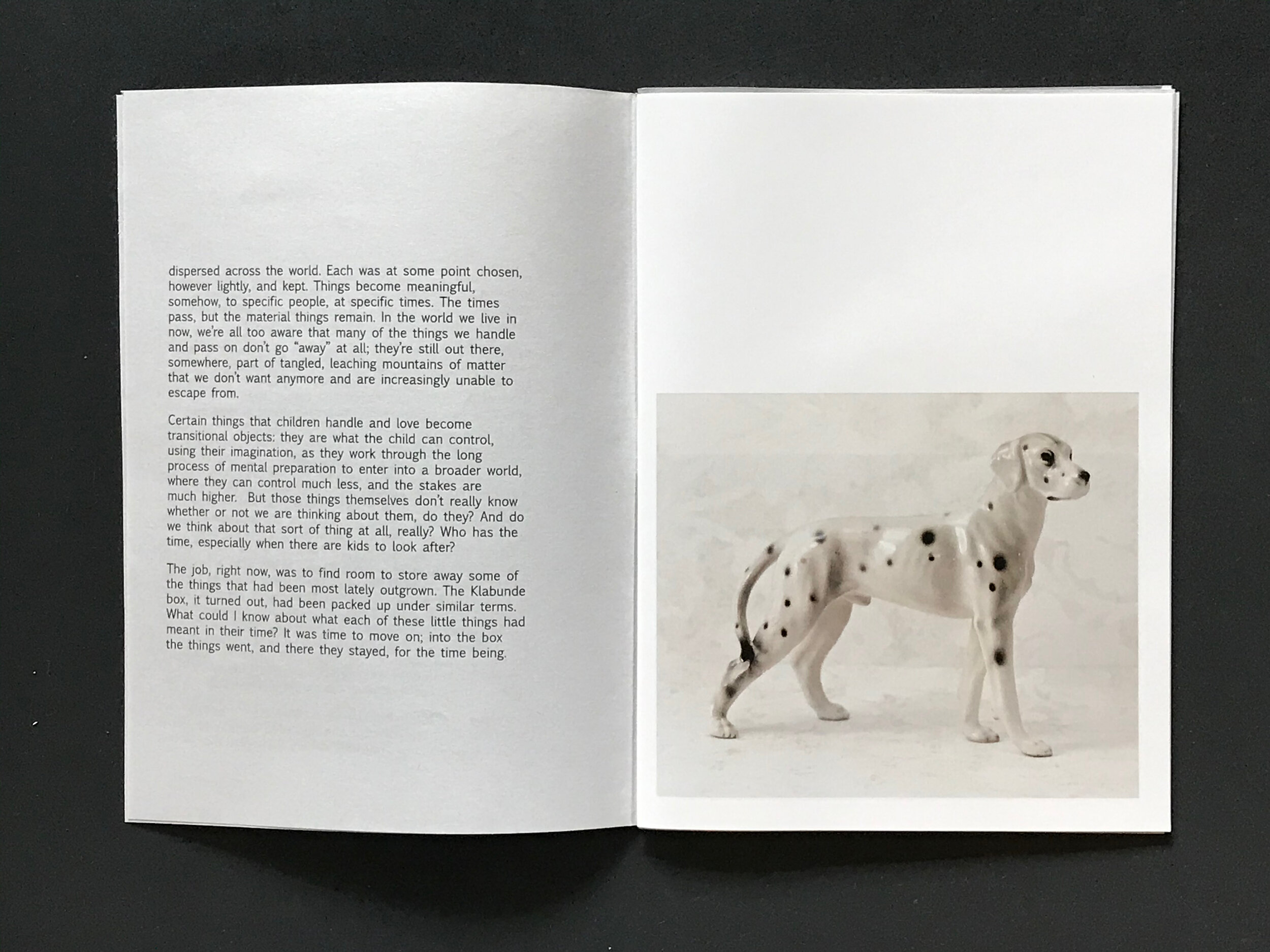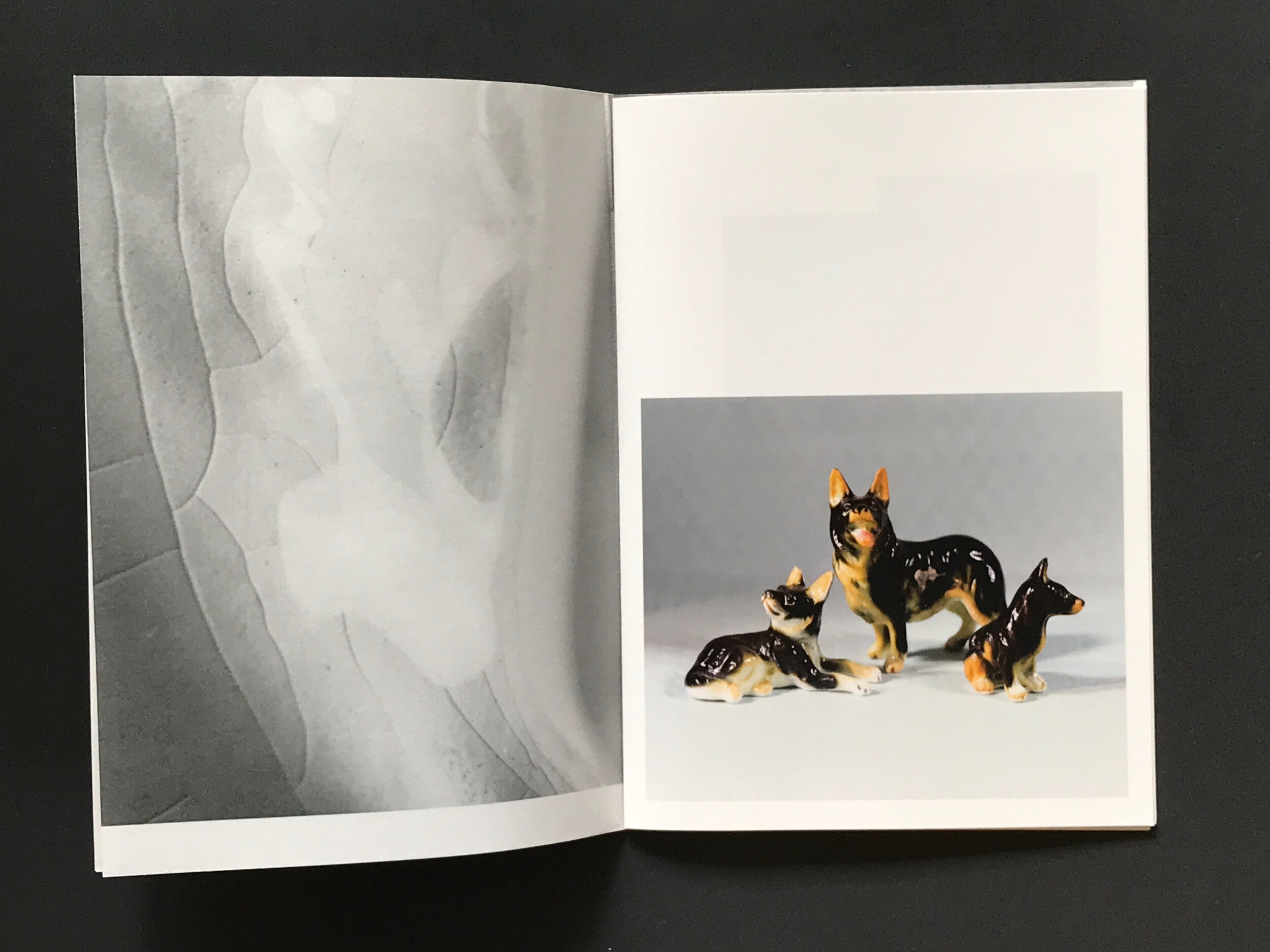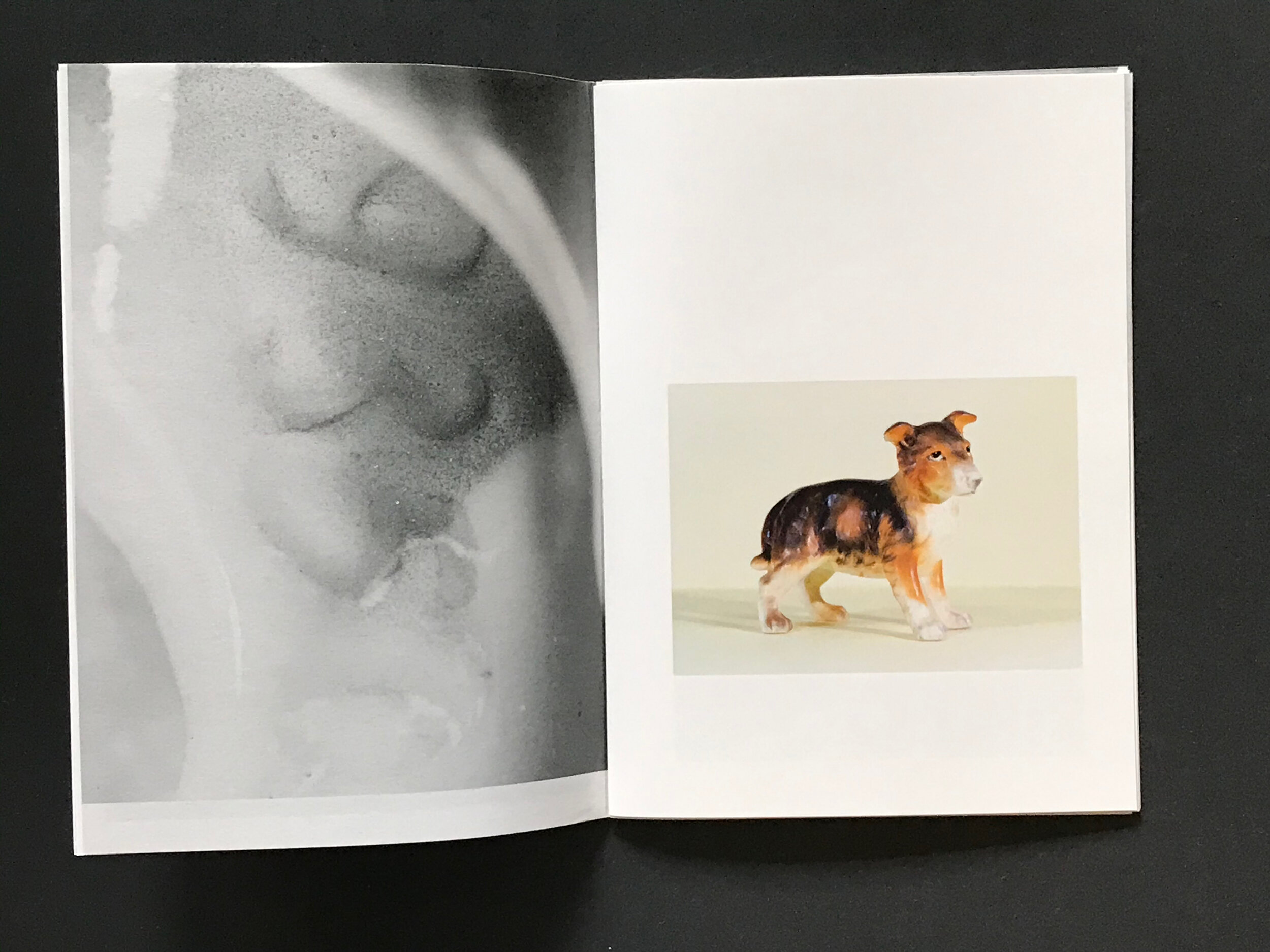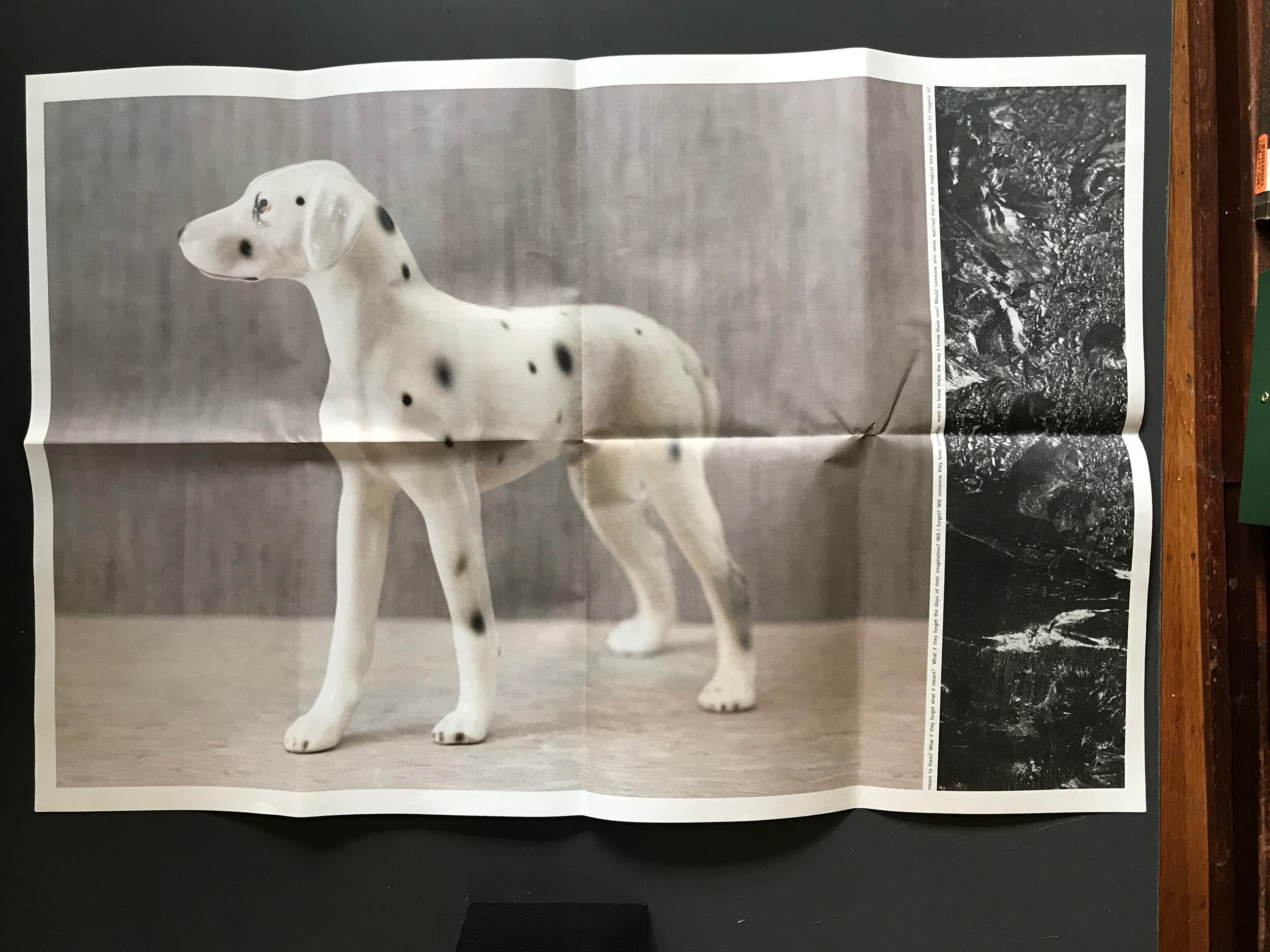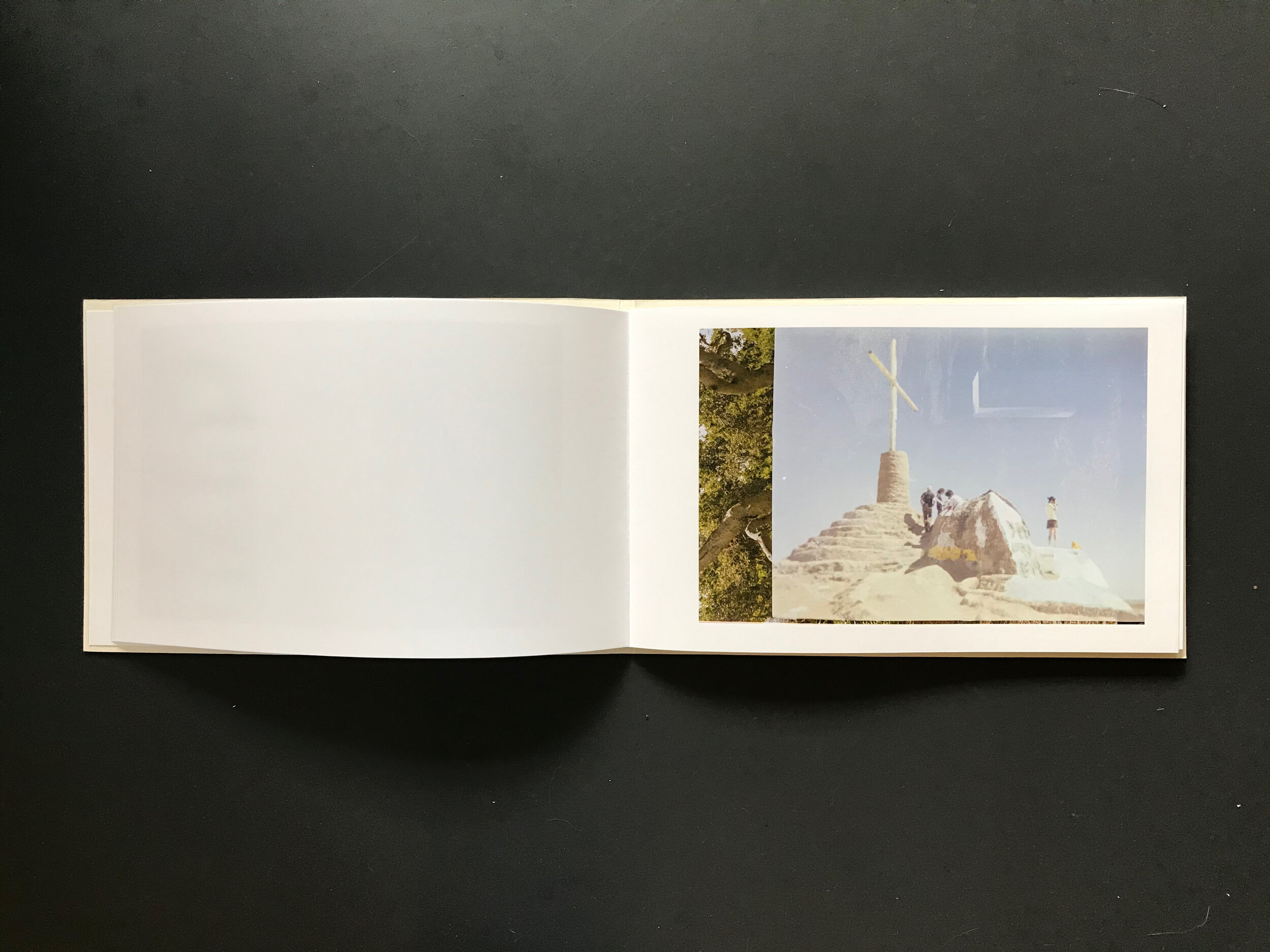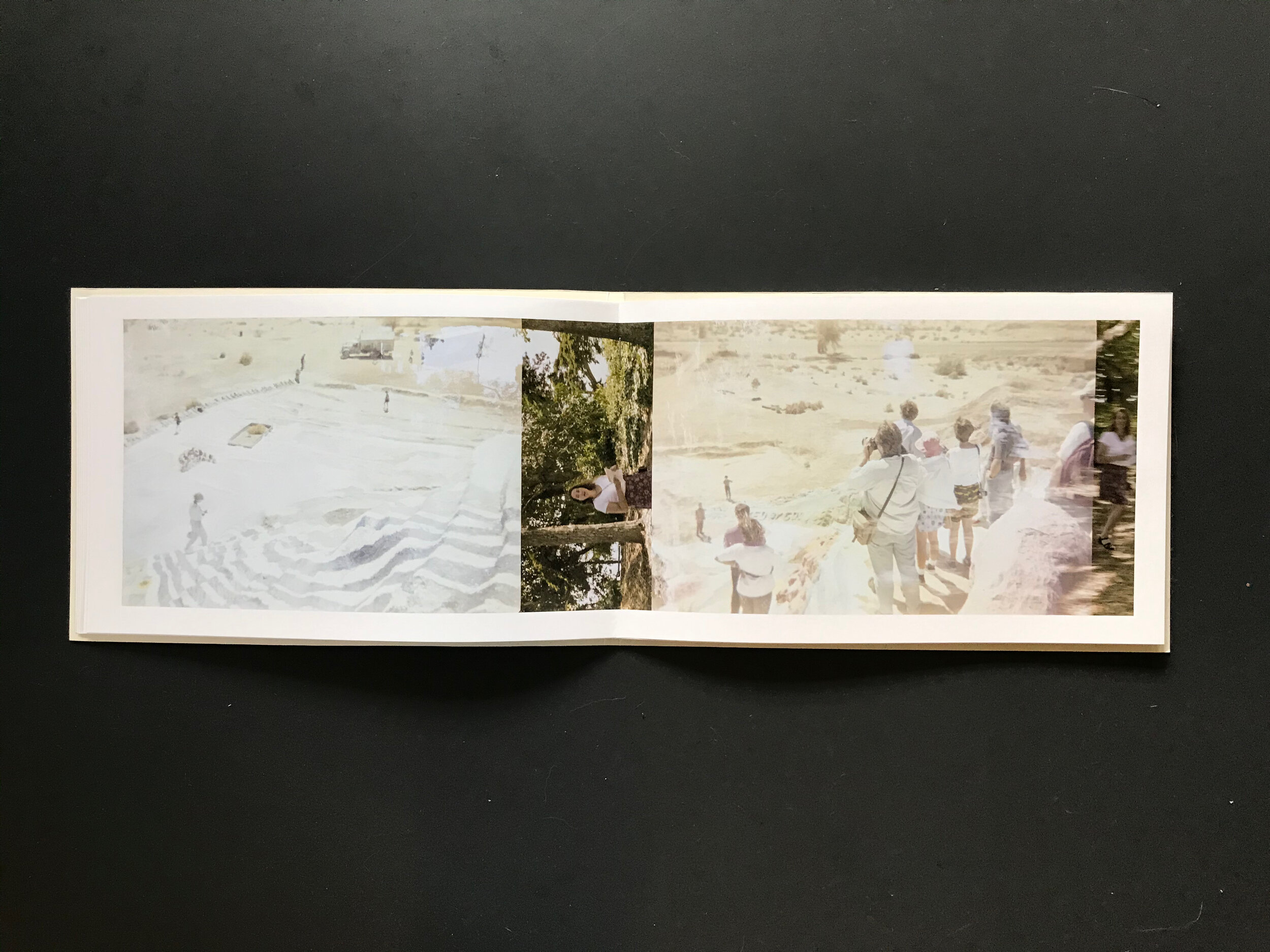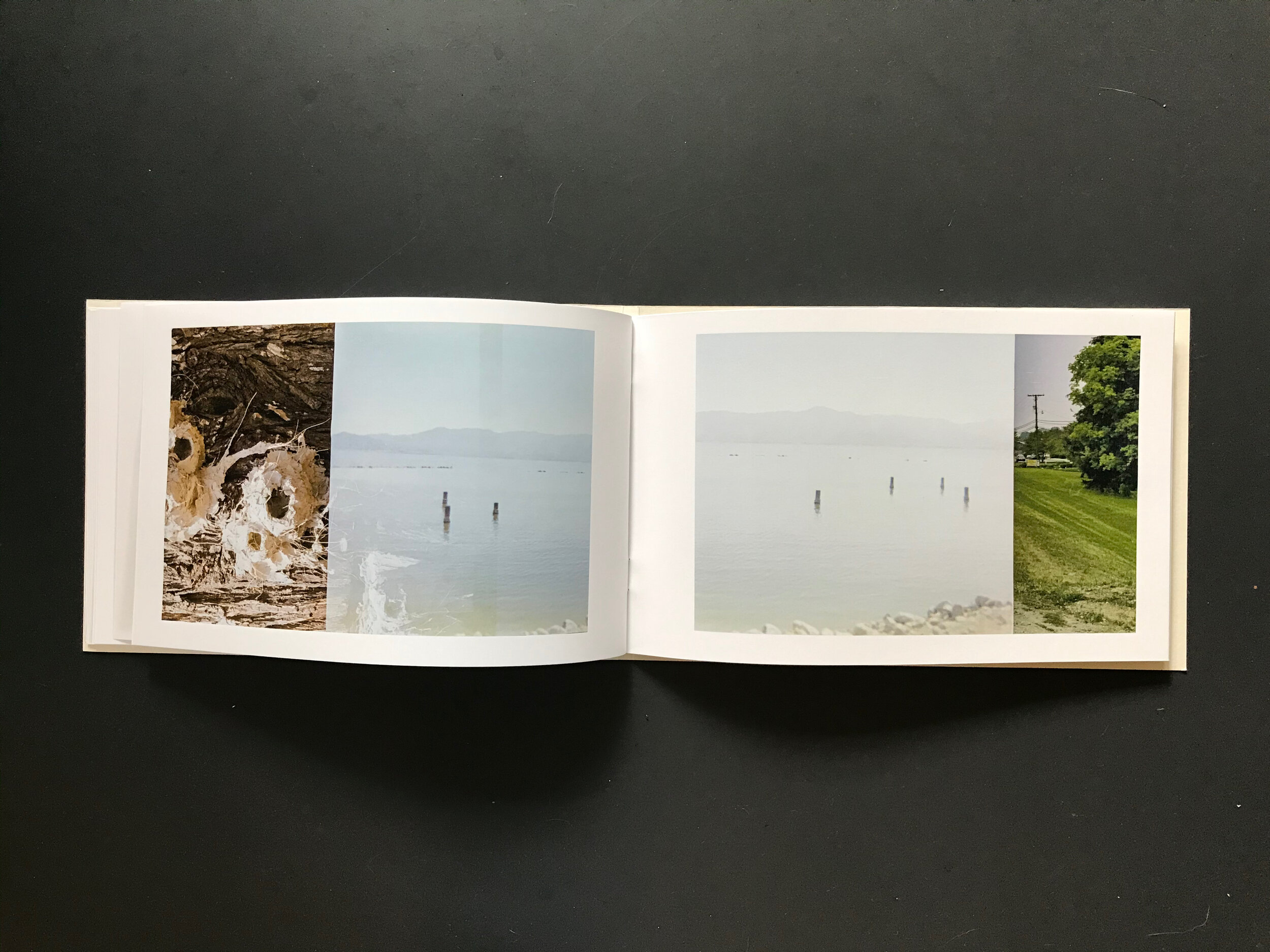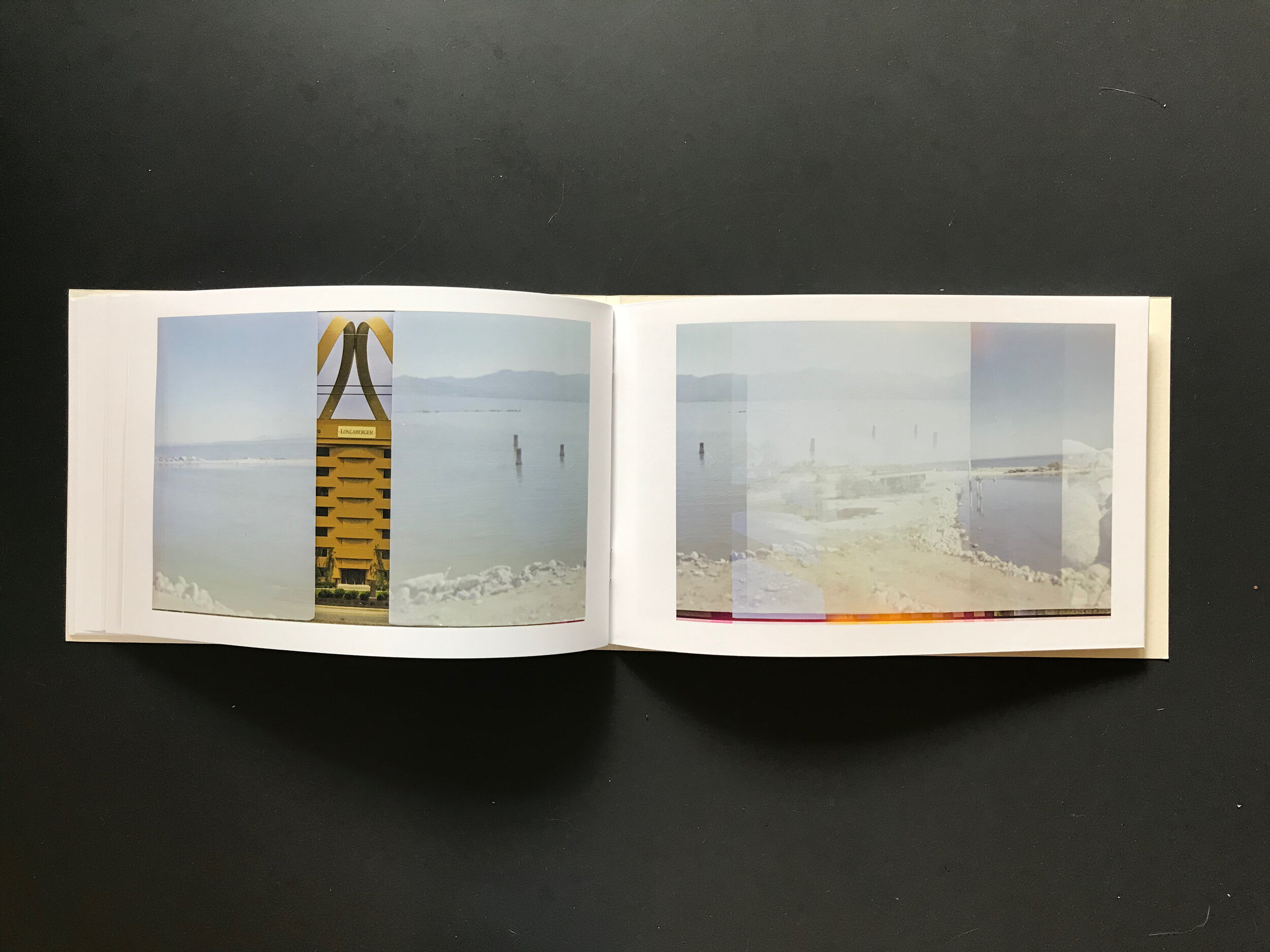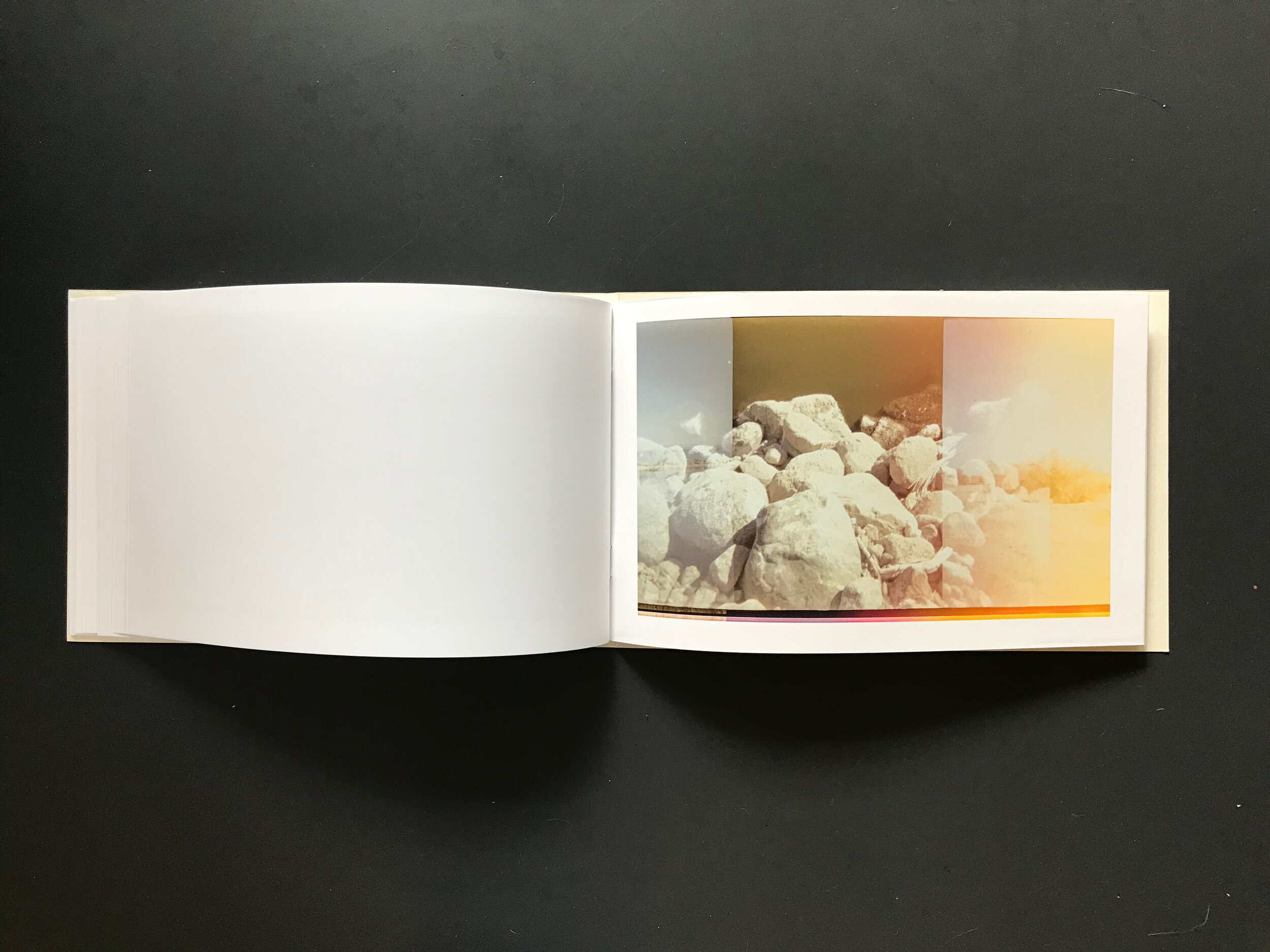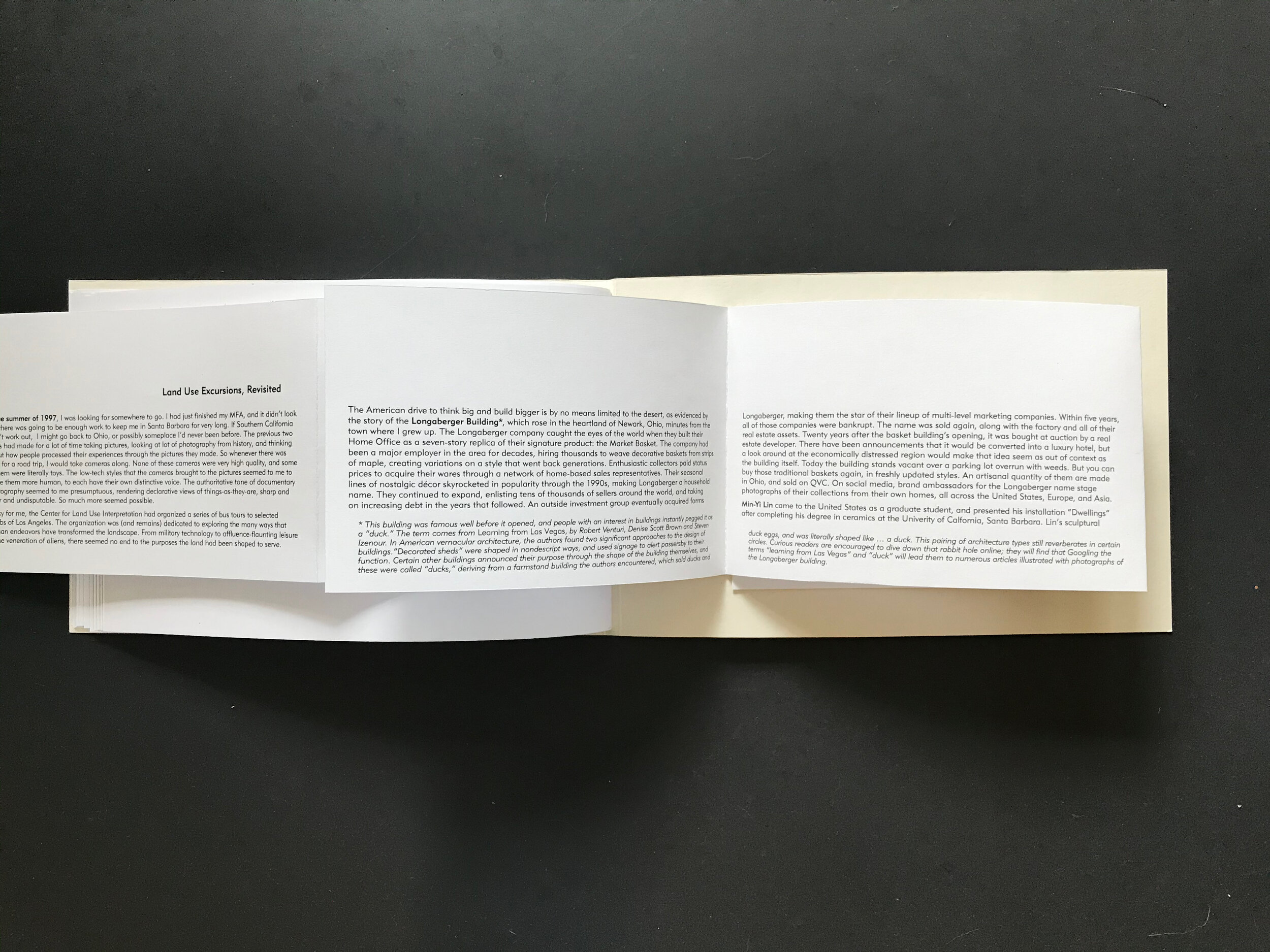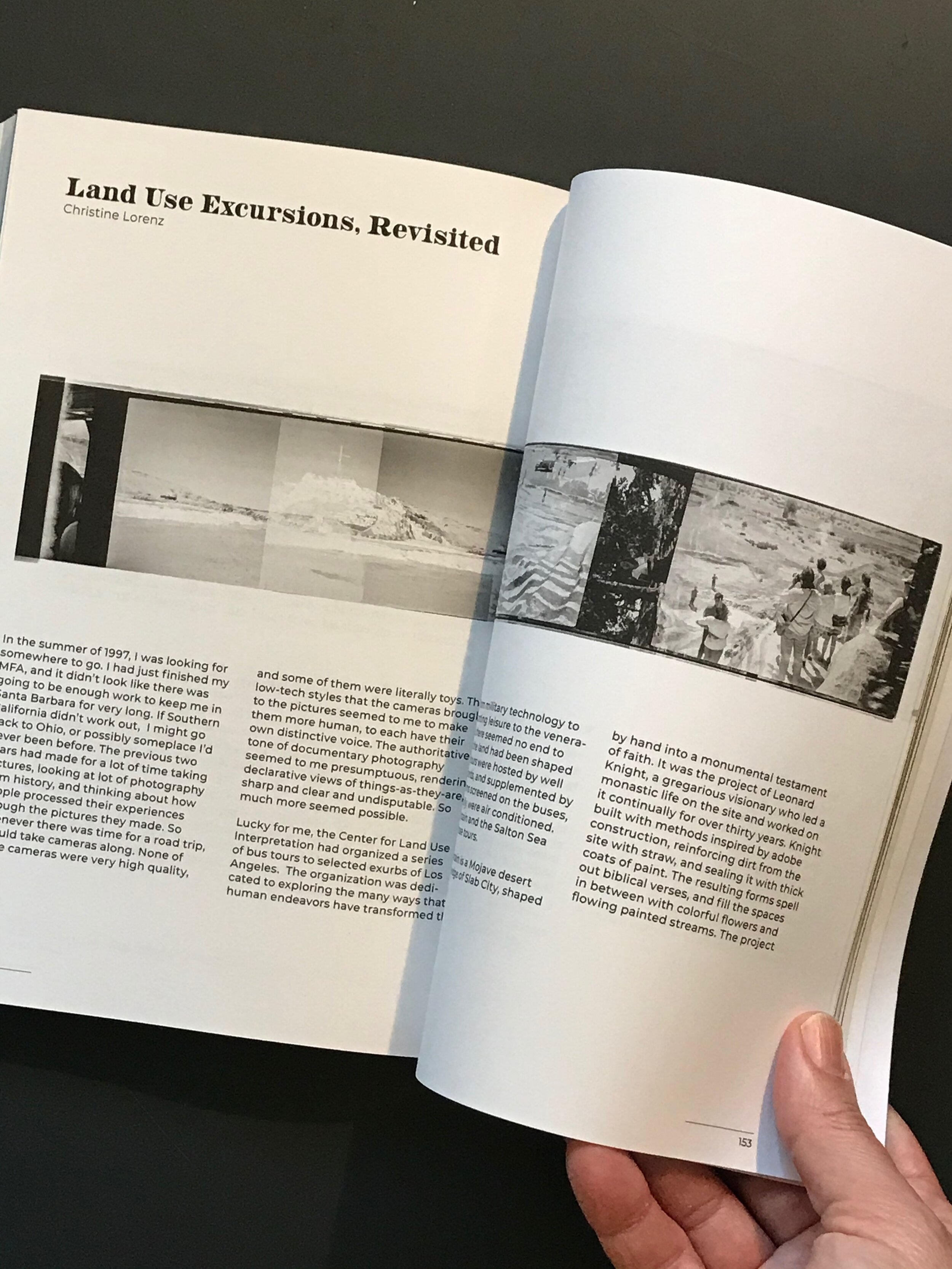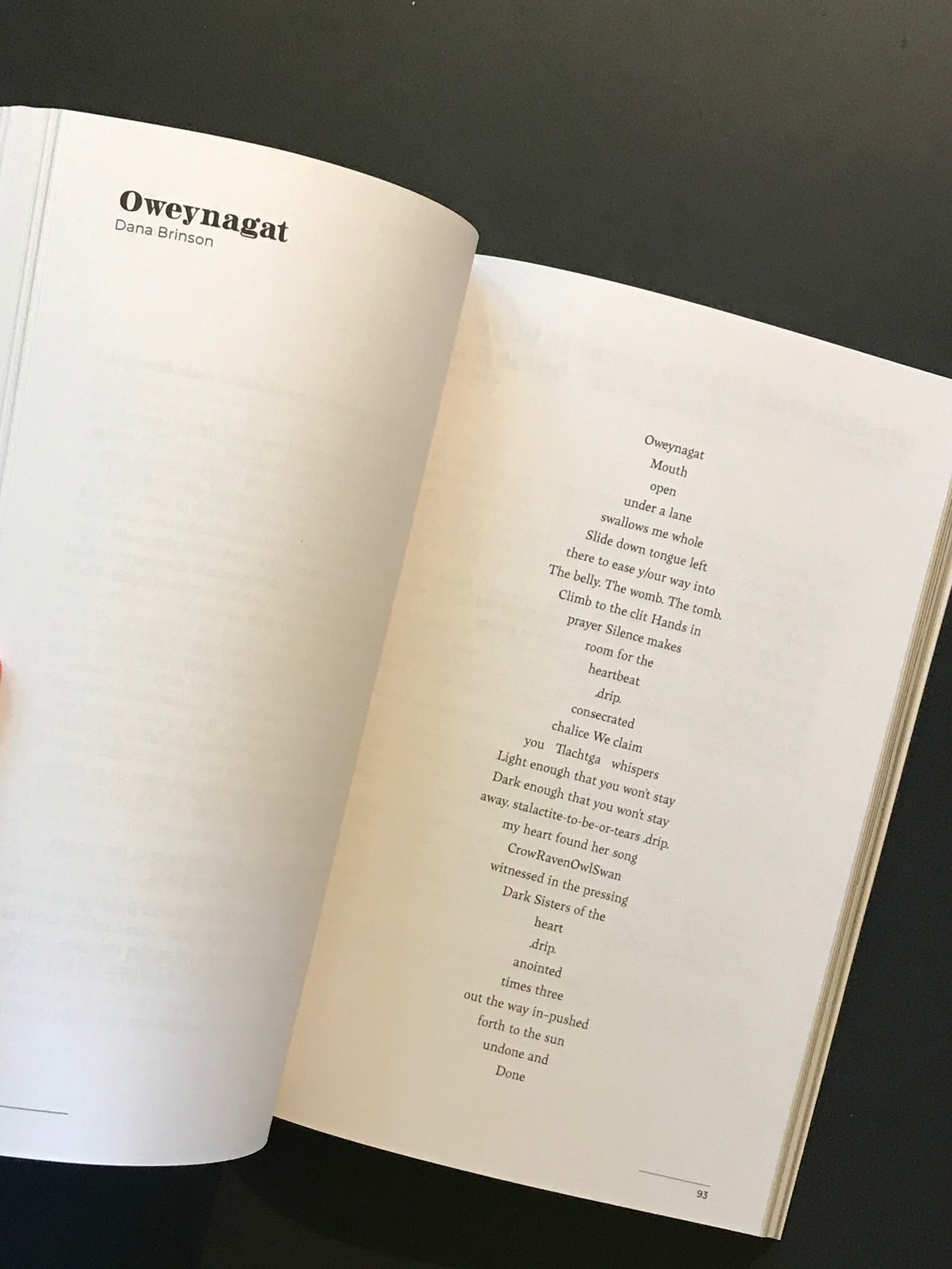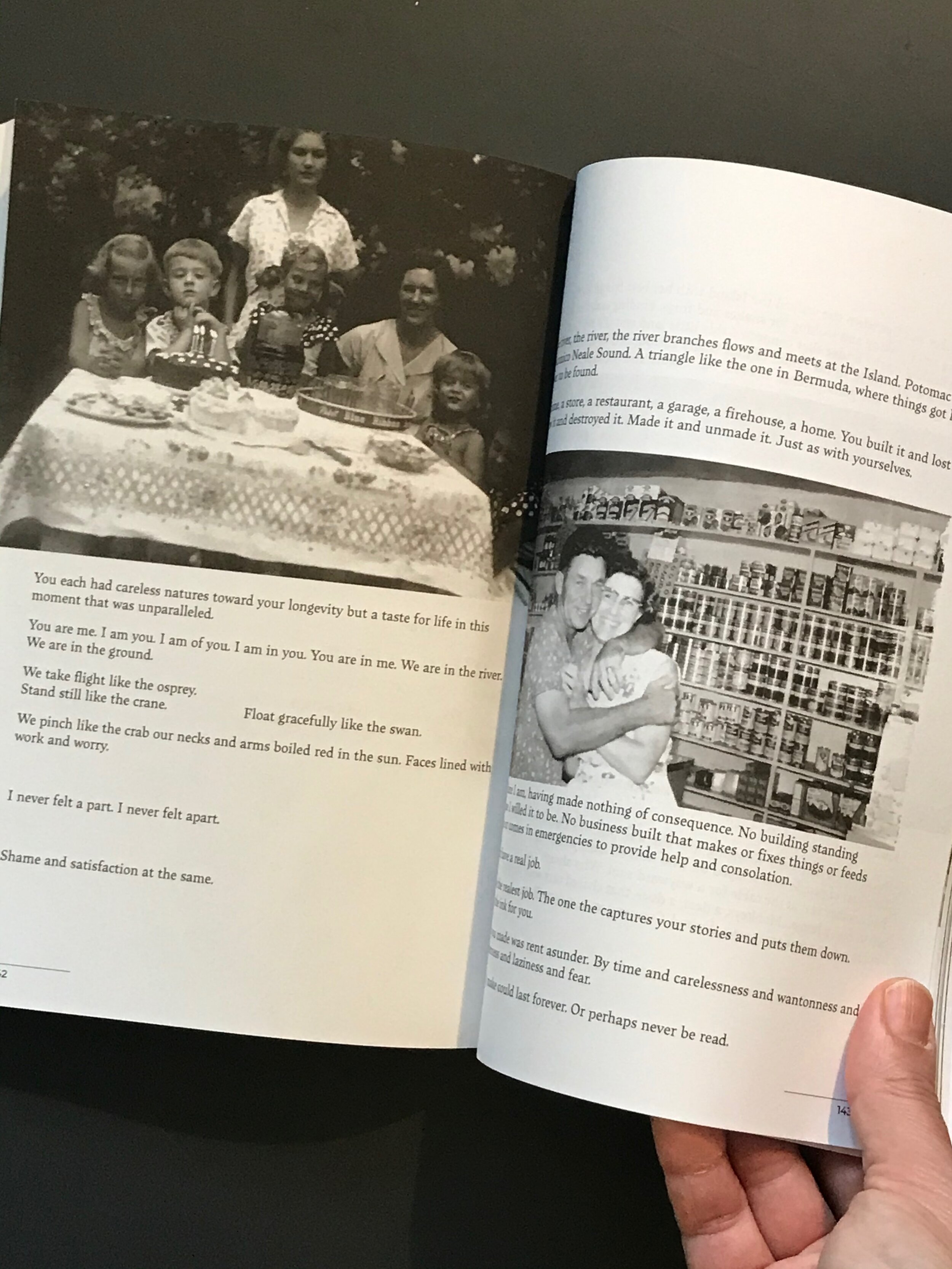A few highlights from 2020:
Early in the year, I had the good fortune of being able to participate in Fractured, a group exhibition at Santa Fe’s legendary photo-eye gallery. The exhibition was planned before the pandemic hit, and proceeded in a socially-distanced fashion.
The early months of the pandemic drove many suddenly quarantined artists to their archives, using the time on their hands to bring abandoned projects back to the surface and see what relevance they might have to this moment. In that spirit I editioned two books based on photographs I’d shot and set aside: The Klabunde Box and Land Use Excursions.
The Klabunde Box is based on an experience from a few years ago, when my kids were young and our house was crowded. In the process of trying to clear space to store some of their outgrown toys, I dug up a box that turned out to have served a similar purpose for their father, at a time in the past when he was outgrowing things of his own. The box was filled with the collection of childhood treasures he’d put into storage when he went to college, and he hadn’t looked at it since. The little things in the box seemed so full of character and forgotten story that I couldn’t resist photographing them; they put me in mind of the life of the imagination. We humans, whether we’re children or not, spend a lot of time looking at things. Over time, some of those things become more than what they appear to be on the surface—like icons, they absorb the meaning of broader, less defined things that they represent to us. What happens to those things as time passes? Can they ever mean to another person what they meant to someone who grew attached to them? In any case, those things were on my mind when I photographed the little china dogs that were in the box marked Klabunde, and the story is in the book. It’s printed in a combination of digital photolitho and newsprint pages, hand-assembled with a larger foldout and a cute photo-sticker in a glassine envelope.
Land Use Excursions came from uncanny semi-planned mistakes: years ago, I was experimenting with double-exposing film that I shot on a variety of site visits. These ranged from the Salton Sea in central California to the Longaberger Basket Building in Newark, Ohio, which at the time had just been completed. The alignments of the overlapped images astonished me when I processed the film, but I wasn’t sure what to do with it. Things are different now. On a personal level, as in the world at large, it’s no longer really possible to look at these sites with enchantment, or even nostalgia. This has been a year of coming to terms with the consequences of the things we have created, over generations. We Americans exercise our creative visions on the landscape, and it seems we can’t resist going big. We want to leave our mark. And now, the land we call ours is littered with the remains of these interventions, leaching toxic chemicals as they stand like a thousand little Ozymandias. (What’s the plural of Ozymandias? Ozymandii? Somewhere a few months ago a journalist joked that she never thought she would need to use the plural of apocalypse.) The images in the book are scanned from the now-vintage negatives. I printed them at home on my Canon Pixma Pro-100, trimmed them with a guillotine I bought from some nice guys off of Craigslist, and bound with an essay foldout that I printed on the plotter at the otherwise unused office that my husband’s design firm is still paying rent on month by month as he runs the company from our house. Now you can buy it from my website, and believe me there are plenty of copies left. Is that 2020 or what? (Both books were also sold for a while via the online book festival at Impressions Gallery in Bradford UK, and at Casey Droege Cultural Productions’ Small Mall, although they’re streamlining after the holidays.)
The essay in Land Use Excursions was something I worked on during a high point of this year. I joined a monthlong writing workshop launched by Arts Letters & Numbers, which had to take the place of residencies that were cancelled due to the pandemic. The workshop was called The Earth Of, led by a philosophical poet named Ginger Teppner. Like other Arts Letters & Numbers projects, it was designed to bring together practitioners from diverse fields, generations, races, regions, and ethnicities. We had architects, musicians, painters, performers, a death doula and at least one philosopher, all of us using poetry as a sort of lingua franca for trying to sort out our perspectives on the times we’re going through. There was digging up of family archives, there was concrete poetry, there was cartooning, there was reading of James Baldwin, Helene Cixous, Juliana Spahr. We wrote, drew, Zoomed, emailed. When it was done, we decided to turn some of the things we wrote into a book, and that’s where The Earth Of, the anthology, came from. I designed it in collaboration with the authors, and to keep things simple logistically it’s print-on-demand from Lulu. Purchases benefit Arts Letters & Numbers at at time when they face tremendous loss of resources. With any luck I’ll be able to work with ALN again in the near future.
So there weren’t a lot of shows this year, although there were a few, mostly online. I have a few things lined up for 2021. I’ve shot more salt images than I ever expected, I’m still cultivating salt in the studio and that will hopefully lead to at least one book in the coming year. Please follow me on Instagram at @zatopa and you’ll know more as things progress.
